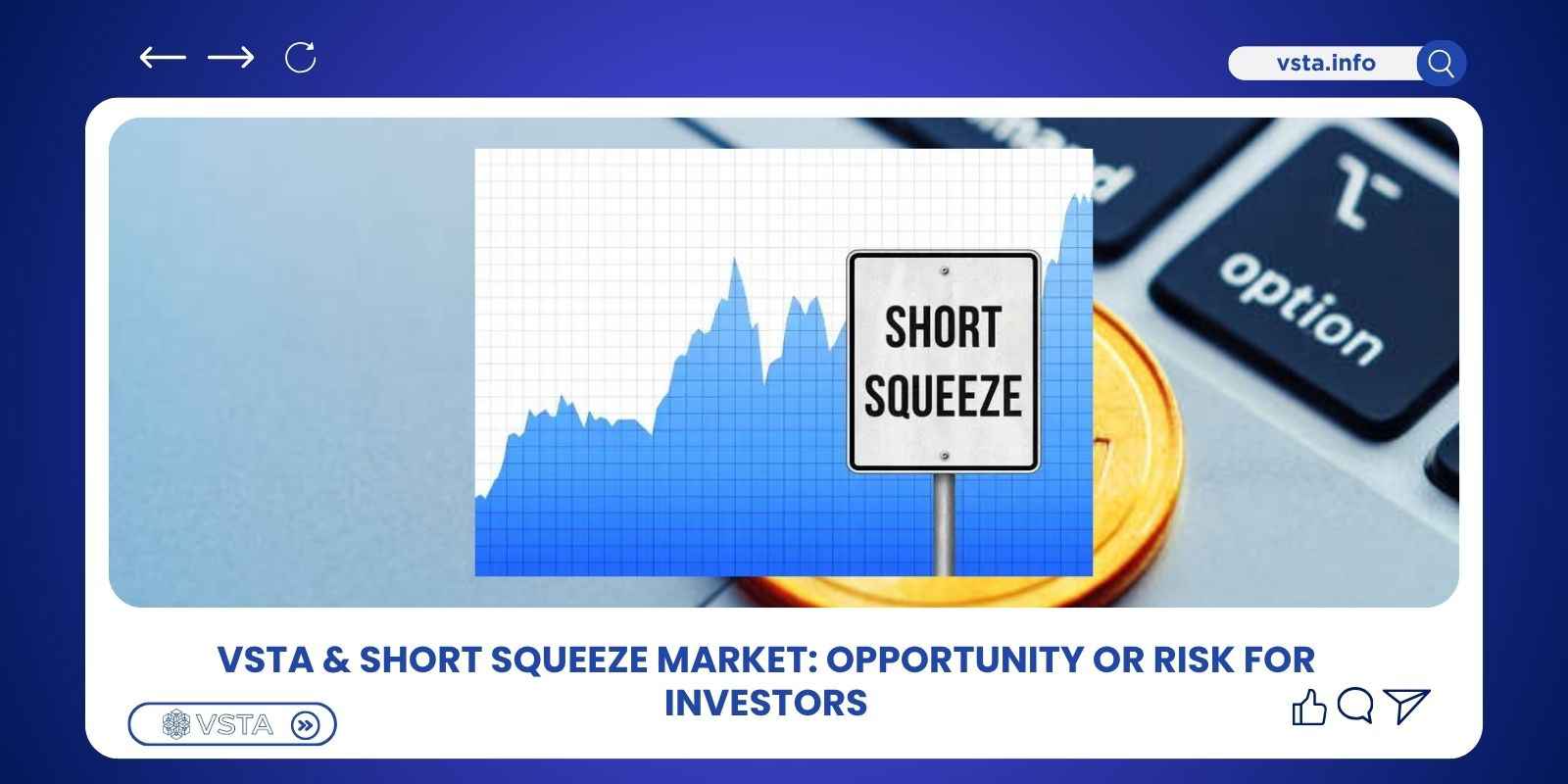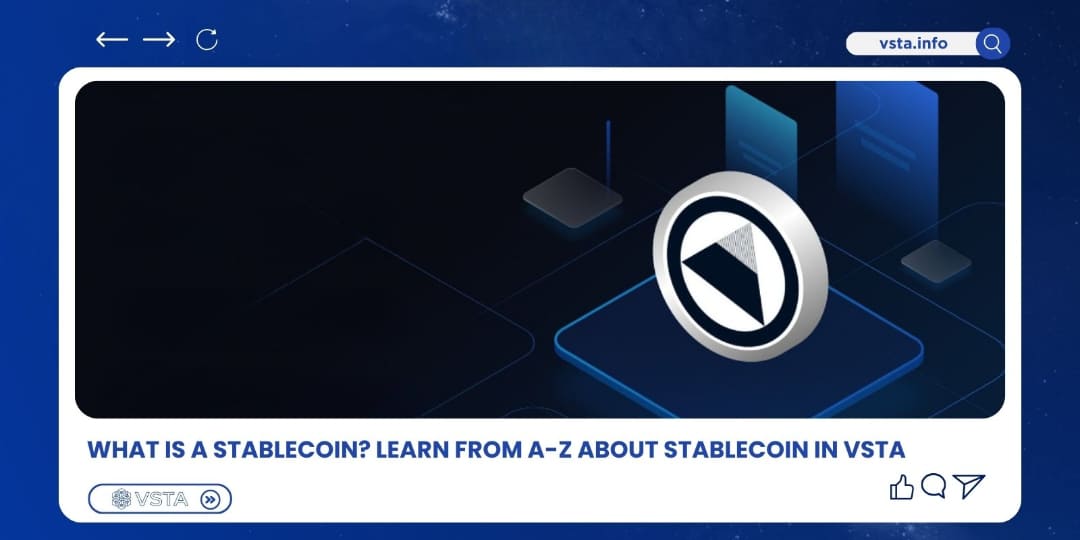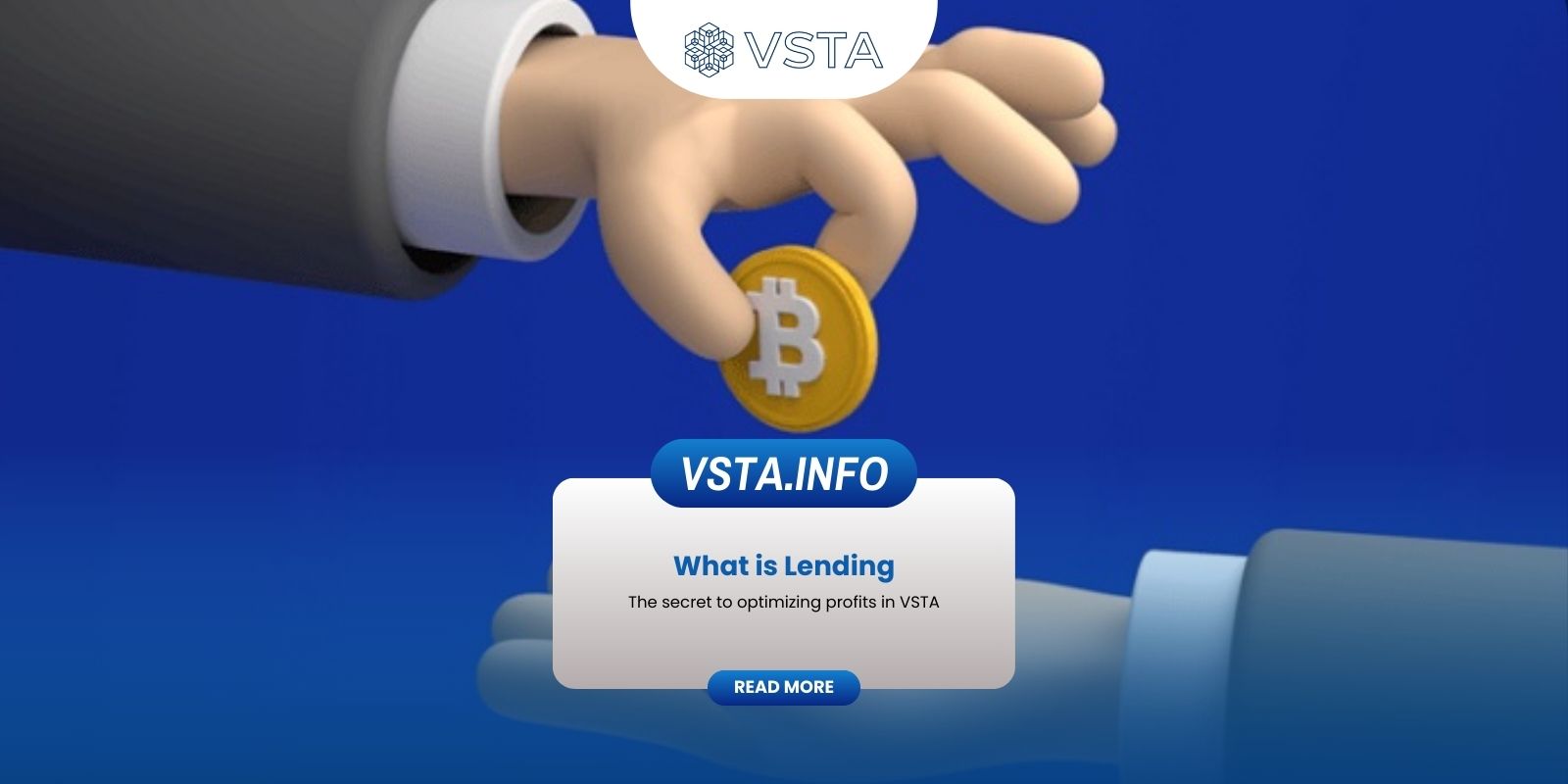In the crypto world, just one short squeeze can wipe out countless traders’ accounts within minutes. However, for those who know how to seize the moment, it can be an opportunity to multiply their assets by 5x or even 10x. Are VSTA investors standing right at this turning point? Follow the article below on VSTA.Info to find out more.
What is a Short Squeeze?
A short squeeze is a phenomenon often mentioned in margin or leveraged trading markets, particularly in Forex or Crypto. A short squeeze occurs when the price of an asset (such as a coin or token) suddenly surges within a short period of time, forcing short sellers to buy back (cover) that asset to close their short positions in order to avoid further losses.
Within this definition of a short squeeze, we find two key elements:
Short Selling: This is a strategy commonly used in futures or leveraged markets, where a trader opens a sell position on an asset they do not own, expecting the price to fall in the future. If the price drops, they can buy back the asset at a lower price and profit from the difference.
Covering (Buy Back): When the price rises sharply, short sellers are forced to close their short positions at a higher price. They must repurchase the coin/token at that elevated level, and this very action fuels the short squeeze phenomenon in crypto markets.
Signs That a Short Squeeze May Occur
No matter how well-hidden a market setup might be, there are always some traces left behind. A short squeeze is no exception. Before each short squeeze, you can often spot the following signs:
High Short Volume
High Short Selling Ratio: When the short selling ratio of a token increases abnormally, it shows that many investors are betting on a price decline. This creates an opportunity for a short squeeze if the price suddenly begins to rise.
Short Interest Ratio: This metric indicates how many days are needed to cover (buy back) all short positions based on the average daily trading volume. A high short interest ratio suggests that a short squeeze may be imminent.
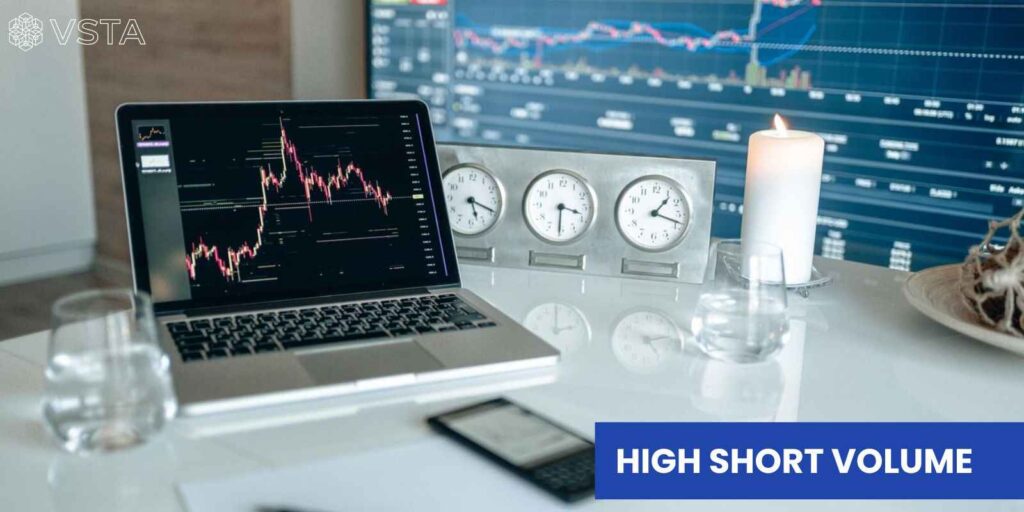
Positive News or Unexpected Project Events
Surprise announcements such as partnerships with major firms, adoption by large corporations, or favorable regulatory news can trigger sudden price spikes, forcing short sellers to buy back to cut losses. Major network upgrades or updates (e.g., a hard fork) can also drive strong upward momentum.
Example: Bitcoin surged past $73,000 when Goldman Sachs’ futures trading division reported record-breaking volumes in Bitcoin futures following the Bitcoin ETF approval.
Low Liquidity Conditions
Market Liquidity: In a low-liquidity market, even relatively small buy orders can push prices significantly higher, putting pressure on short positions.
Weekend/Holiday Trading: During sessions with thin liquidity, such as weekends or holidays, prices can swing more dramatically.
Community Activity
Community-Driven Actions: Groups on social media platforms like Reddit or Telegram can coordinate mass buy-ins to drive prices higher, triggering a short squeeze.
Example: This already happened in the stock market in early 2021, when retail investors on Reddit coordinated short squeezes on struggling stocks like GameStop and BlackBerry, pushing their prices up by 382% and 90% respectively within just one week.
Surge in Trading Volume: A sudden spike in trading volume often indicates the involvement of coordinated groups of investors, signaling a possible upcoming short squeeze.
Technical Analysis
If you cannot access insider or sentiment data, technical indicators on price charts can also help identify potential short squeezes:
RSI: An RSI below 30 may signal oversold conditions and potential for a rebound, especially when divergence appears (price makes lower lows while RSI makes higher lows).
Reversal Candlestick Patterns: The emergence of bullish reversal candlestick formations may indicate a trend change, especially when supported by other signals.

VSTA Trading Strategy When Anticipating a Short Squeeze
In the crypto market, a short squeeze often brings massive profit opportunities, especially with mid-cap and small-cap tokens like VSTA. To trade effectively, investors need to build a clear strategy:
Time Your Entry Wisely
When the funding rate turns deeply negative and open interest (OI) rises sharply, it signals that most of the market is betting on shorts. At this point, even sideways movement or a slight price rebound can trigger a short squeeze. Entering a position during this phase allows you to catch the wave early.
Set Tight Stop-Losses
Because short squeezes usually come with extreme volatility, you should always set a stop-loss when entering a trade to protect your capital. Avoid the “hold and hope” mindset – if the price reverses quickly, you could lose most of your gains or even wipe out your account.
Take Partial Profits
When prices skyrocket, avoid going all-in or all-out. Instead of selling your entire position during the pump, apply a step-by-step take-profit strategy (e.g., sell 30% when the price increases 1.5x, another 30% at 2x, and hold the rest). This way, you secure profits while still capturing the full upside momentum of VSTA.
Amid the frenzy, always keep your eye on fundamentals and long-term prospects. If one of the assets in your portfolio gets caught in the short squeeze mania, consider locking in part of your profits early.
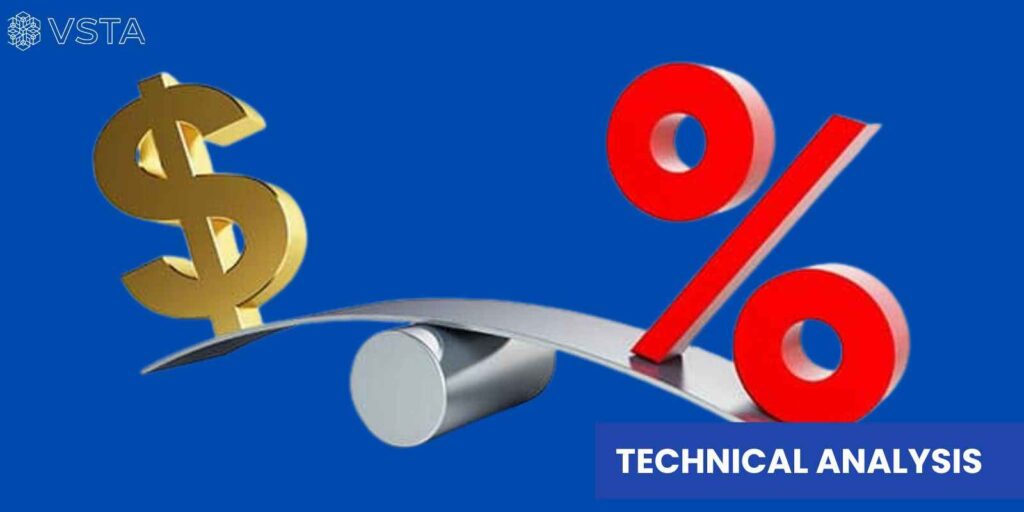
Risk Management Before a Short Squeeze
Managing risk ahead of a potential short squeeze is a crucial part of any trading strategy, especially for investors and traders holding short positions. Below are some effective methods to mitigate risks:
Monitor Short Ratios
Track assets with high short-selling ratios and short interest levels to identify when a short squeeze might occur. In addition, use data from reports such as the CFTC to monitor open interest and trading activity.
Stop-Loss Orders
Set automatic stop-loss orders to cap potential losses if the market moves against your expectations. Adjust your stop-loss levels based on market volatility and updated information.
Use Options Contracts
Buy Call Options: Purchasing call options can serve as insurance for your short positions. This helps limit potential losses in the event of a sharp price increase.
Hedging: Apply hedging strategies to protect your portfolio from unexpected price fluctuations.
Monitor News and Events
Always stay updated with news and events that may impact the market, such as company announcements, new regulations, or major economic developments. Additionally, keep an eye on forums and social media communities to spot investment trends, especially from groups with the potential to influence market movements.
Manage Trading Psychology
Trading Discipline: Stick to your trading rules and avoid letting emotions drive your decisions.
Risk Assessment: Always evaluate risks before opening short positions and be prepared to exit the market when necessary.
Conclusion
A short squeeze is a critical phenomenon in financial markets, especially in highly volatile sectors like crypto. Recognizing and taking advantage of a short squeeze can offer significant profit opportunities if you know how to leverage it. However, make sure you fully understand what a short squeeze is before opening a short position. Otherwise, you may face substantial losses.
